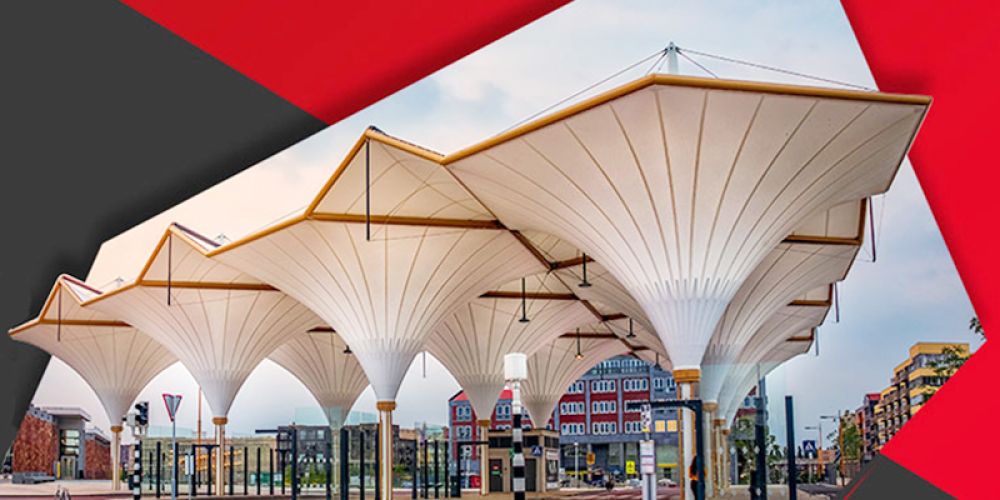
1. Material Innovation
2. Mechanical Advantages
3. Integrated Design
1. Functional Adaptability
2. Aesthetic Value
3. Construction Efficiency
1. Energy Efficiency
2. Eco-friendly Integration
3. Sustainability
Tensioned membrane structures are widely used in: